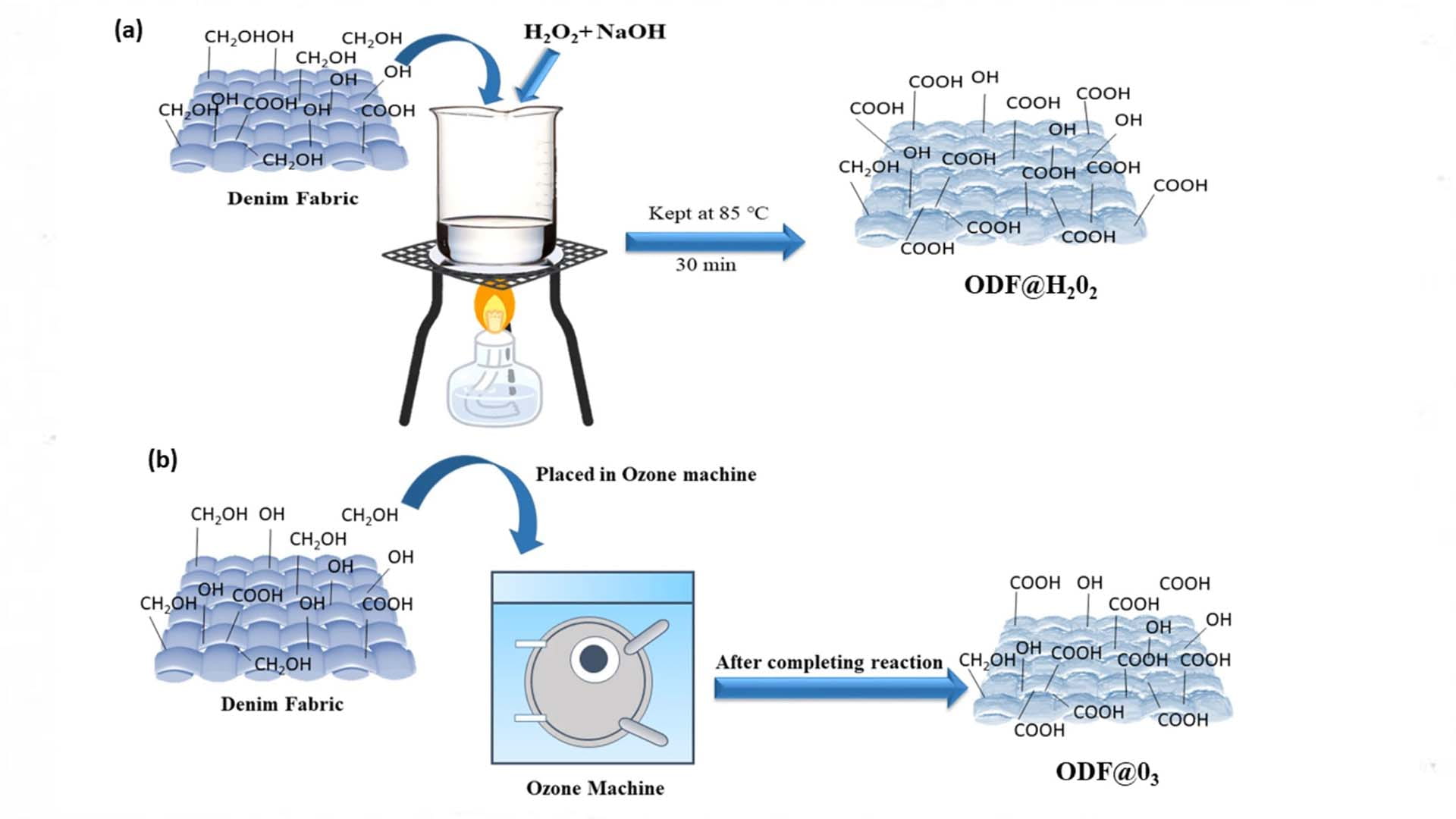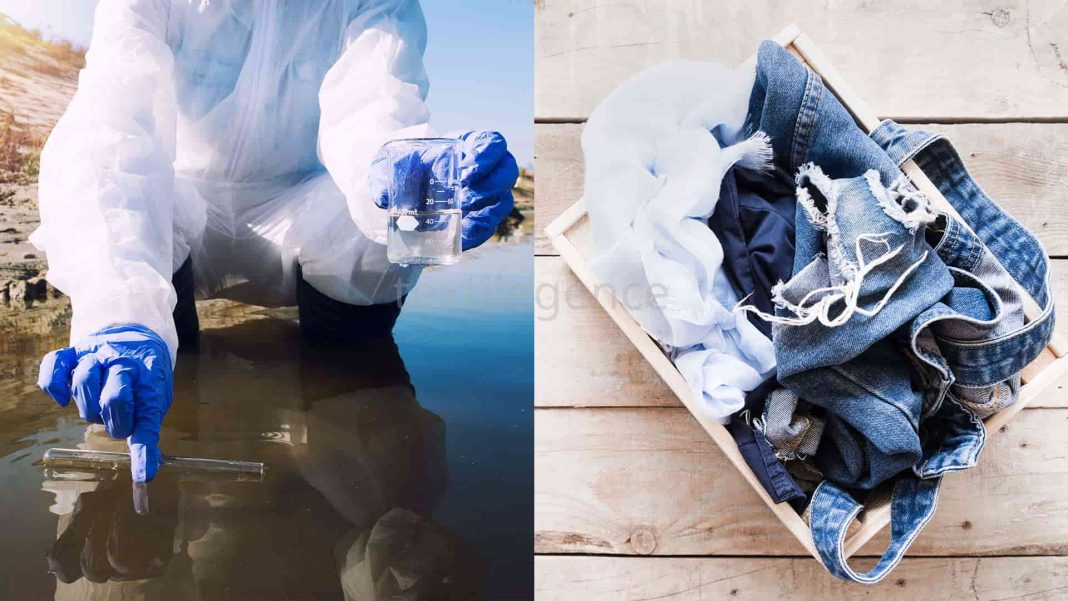A new research published in Scientific Reports revealed that two novel sorbents prepared by using post-consumer textile waste (PCTW) could trap the heavy metal cations from contaminated water. The rapid development in agriculture and industrial sectors has raised some serious global issues like heavy metals pollution of water resources, while Cadmium (Cd) is amongst the major water pollutants worldwide. In this study, the waste denim fabric was recycled with environmentally friendly H2O2 and Ozone through oxidation under alkaline conditions to produce several functional groups at the surface (named as ODF@H202 and ODF@03 respectively) that could trap the heavy metal cations from contaminated water. It is stated that both sorbents can have their implications for the preparation of filters that can be used for the treatment of wastewater. This study has practical significance by tackling two environmental problems such as heavy metal pollution and denim waste.
The functionalized fabric sorbents were characterized by Fourier transform infrared spectroscopy (FT-IR), X-Ray diffraction (XRD), scanning electron microscopy (SEM), and energy dispersive X-Ray (EDX) that revealed the presence of carboxylic acid, hydroxyl, and amine functional groups on their surfaces. The sorption isotherm, sorption kinetics and sorption thermodynamics were carried out to unravel the sorption process mechanism. The ODF@H202 sorbent was proved more effective by giving maximum adsorption capacity of (238.09 mg g−1) compared to Ozone treatment (175.44 mg g−1) for Cd2+ and achieved within just 20 min for both sorbents. Pseudo 2nd order and Langmuir models confirmed the chemosorption as dominant mechanism for the monolayer sorption of Cd2+ ions onto ODF@H202 and ODF@03. The sorption thermodynamic revealed the sorption process as endothermic and spontaneous in nature.

Both sorbents gave up to 90% of the sorption capacity even after 10 recycles
The results showed that both ODF@H202 and ODF@03 sorbents have an efficient potential for sorbing Cd from contaminated water. Furthermore, both ODF@H202 and ODF@03 sorbents were also tested in a regeneration study to investigate the reuse of these sorbents, and it was achieved impressive results. Both sorbents gave up to 90% of the sorption capacity even after 10 recycles.
